The Science Of Scientific Writing .Course Introduction. Overview : Content and Packaging : Enriched Blueprints : Compartmentalisation : Course Mechanics
OVERVIEW: The way to well-written science
PART I: Paragraphs and Sentences
SET A: Paragraphs: The Maps Behind Them
SET B: Paragraphs: Using Maps to Meet Readers' Expectations
SET C: Paragraph Coherence and Cohesion
SET D: Sentences
SET E: Scientific Sections (including Methods)
SET F: Scientific Sections: The Discussion
SET G : Scientific Sections: The Introduction
SET H : The Paper as a Whole
Baic map
Enriched map
Sequencing
Between branches
Within branches
Text compartmentalisation
Checking ransform
Once we have teased apart all the various strands of content a new set of issues arises: how to package the content in a lucid text. Maintaining lucidity in a text as complex as a research paper is not easy. One must keep the reader in touch with the "big picture" while providing the mass of details needed to tell the story. Now, early in their careers, many scientists come to believe that good science should be hard to understand. But as argued by George Gopen and Judith Swan in the The Science of Scientific Writing, "complexity of thought need not lead to impenetrability of expression". 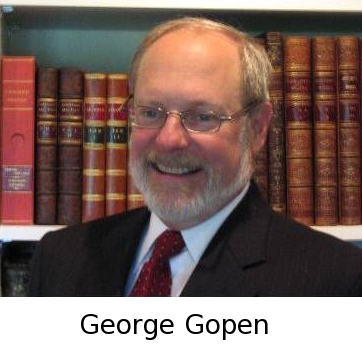 And luckily for you, an enormous amount of research has been done about how to make the readers job easier, and thsusthere are many nowa range of simple guidelines to clear writing.
And luckily for you, an enormous amount of research has been done about how to make the readers job easier, and thsusthere are many nowa range of simple guidelines to clear writing.
This Goepn and Swan article introduced me and many other scientists to the insights of raeder-based research, foussing on idea that challenging content could be made accessible if its sentences and paragraphs are "packaged" according to patterns that readers (usually unconsciously) have come to expect in lucid writing. sicaly readers expect text to have ceratin patterns of organisation (from the leve of the sentence to the paper as w hole) and you must aim to pachakge the content of the paper in line with those patterns. This course extends the scope of the ideas of Gopen, Swan and other exponents of "Reader Expectation Theory" by also explaining the patterns that apply to the sections of a research paper, and to the paper as a whole. The patterns used in higher levels of text organisation are actually the most important because they provide a frame of reference for lower level patterns.  For example, if the Introduction as as whole is well-organised, readers will be able to make better sense of any poorly structured sentences. Interestingly, and for a very good reason, the patterns at each level all share a common property. This will be discussed in the next section: The Master Pattern
For example, if the Introduction as as whole is well-organised, readers will be able to make better sense of any poorly structured sentences. Interestingly, and for a very good reason, the patterns at each level all share a common property. This will be discussed in the next section: The Master Pattern
Another potential strategy to tame text management would be the the use of hypertext (if it is ever allowed by online journals for more than links to references, figures etc), but it brings its own set of challenges (e.g. see Charney, 1994) and can only be effectively used if one already understands how to write basic "linear" text.
There's more to writing than communication!
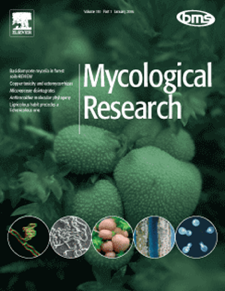
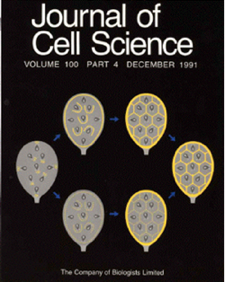
Rushing also misses out: People are misocnstruing the purpose of the writing phase. analogy with DORSB: compare to doing a portrait of friend: know the person, dont know the distances. must slow down, actuall SEE. yo mgaine yu hav yr in head just need to get it out. you dont. te purpose of wphase is to "see" your own work. The primary purpose of this course is getting yu to NOT WRTE, in the sense of the rushed activity that equates to wrting for most scientists. Rather, we deconstruct writing, and you will learn the componet tasks that will help you to understand yr work in the new analytical way that will let you easily communicate.
The value of slowing down: JCS example?b
Introduction
Introduction
A new way of learning to write science
The approach taken in the course has, for a writing course, some novel features. An alternative name for the course could be "A Pictorial Guide to Scientific Writing" bceause, in the exercises, a lot of your work will involve you working with diagrams. This, in my experience, solves a curious contradiction of many other writing courses, in which students are taught using the very mode of communication - writing - for which at least some will have little natural talent. Pictures and diagrams communicate on a more basic level.
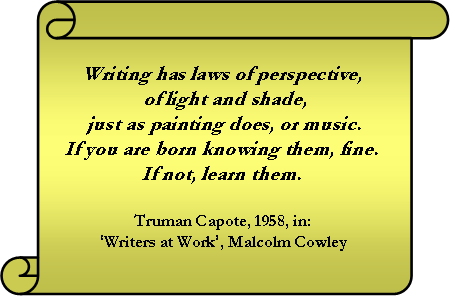 The diagrammatic approach also helps to overcome a serious problem faced by those hoping to improve their writing skills: how do you know whether your writing is improving or not? When developing most other skills, e.g. playing snooker or a musical instrument, one mostly advances by trial and error. The ball goes in the hole, or it doesn't. The tune you play sounds like the tune on the CD, or it doesn't. But there are no simple objective measures of the quality of sentences, paragraphs and so forth. Another person's opinion might help - but only if they really understand the process of writing. For example, most academic supervisors, to my knowledge, find it quicker to rewrite a student's draft than to engage in the back-and-forth process of editing.
The diagrammatic approach also helps to overcome a serious problem faced by those hoping to improve their writing skills: how do you know whether your writing is improving or not? When developing most other skills, e.g. playing snooker or a musical instrument, one mostly advances by trial and error. The ball goes in the hole, or it doesn't. The tune you play sounds like the tune on the CD, or it doesn't. But there are no simple objective measures of the quality of sentences, paragraphs and so forth. Another person's opinion might help - but only if they really understand the process of writing. For example, most academic supervisors, to my knowledge, find it quicker to rewrite a student's draft than to engage in the back-and-forth process of editing.
How does the diagrammatic approach help? It shifts the focus away from the content of a text onto the packaging and the style of the content. For example, imagine you are asked to create a diagram of an argument that considers evidence for and against the claim "Evolution occurs by natural selection". You are told to put the supporting evidence in grey boxes, and to use white boxes for counter-evidence. If your diagram looks like the diagram on the left (below), rather than the one on the right, then irrespective of the content of your argument, you should be able to appreciate immediately that its style is wrong.
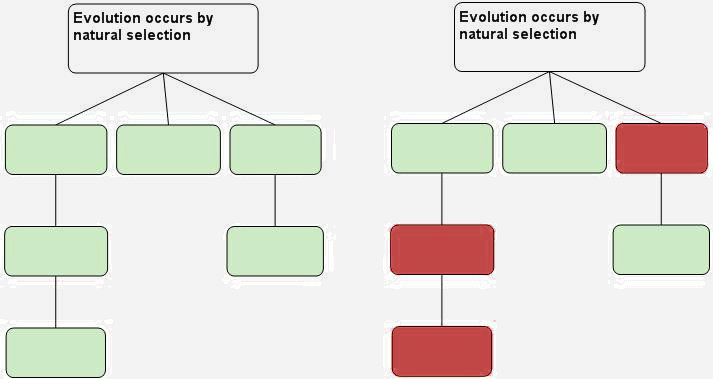
One: the perception of edges
Two: the perception of spaces
Three: the perception of relationships
Four: the perception of lights and shadows
Five: the perception of the whole, or gestalt. This skill is neither taught nor learned, but instead emerges as a result of acquiring the other four skills.
......